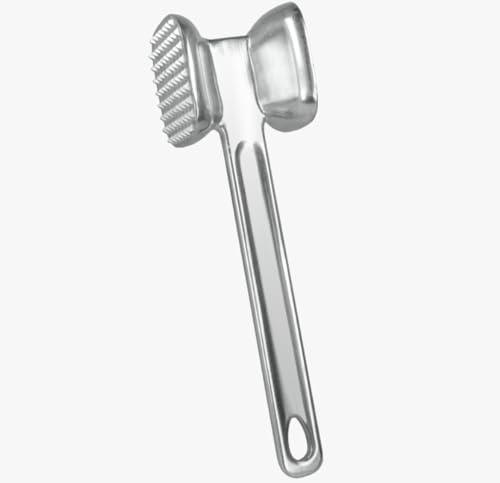Average weight of a hammer: Explained and analyzed
When it comes to using a hammer, one of the most common questions that arises is, “What is the average weight of a hammer?” In this article, we will delve into the topic and provide a detailed explanation and analysis of the average weight of a hammer.
Understanding the function of a hammer
Before we delve into the average weight of a hammer, it is important to understand the function of this tool. A hammer is a handheld tool with a weighted head attached to a handle. It is primarily used for driving nails into various materials, as well as for breaking and forging objects.
Different types of hammers and their weights
There are various types of hammers available in the market, each designed for specific purposes. As a result, the average weight of a hammer can vary depending on its intended use. Here are some common types of hammers and their average weights:
- Claw Hammer: The claw hammer is a versatile tool used for driving and removing nails. It typically weighs around 16 to 20 ounces (453 to 567 grams).
- Sledgehammer: The sledgehammer is a heavy-duty hammer used for heavy striking and demolition work. It usually weighs between 8 to 16 pounds (3.6 to 7.3 kilograms).
- Ball-peen Hammer: The ball-peen hammer is commonly used in metalworking and shaping metal surfaces. It typically ranges from 4 to 32 ounces (113 to 907 grams) in weight.
- Dead Blow Hammer: The dead blow hammer is a specialized hammer used in tasks where minimal rebound is required. It usually weighs around 1 to 3 pounds (0.45 to 1.36 kilograms).
- Rubber Mallet: The rubber mallet is designed for tasks that require controlled striking without damaging the surface. It typically ranges from 8 to 32 ounces (227 to 907 grams) in weight.
Factors affecting the weight of a hammer
While the average weights mentioned above can give you a general idea, it is important to note that there are several factors that can affect the weight of a hammer. These factors include:
- Material: The material used for the head and handle of the hammer can significantly impact its weight. For example, a hammer with a steel head may weigh more than one with a plastic or wooden head.
- Size: The size of the hammer, both in terms of head diameter and overall length, can also affect its weight. A larger hammer is likely to be heavier than a smaller one.
- Design: The design of the hammer, including the shape and distribution of weight, can impact its overall weight. Hammers with a more compact design may weigh less compared to those with a bulkier design.
- Intended use: As mentioned earlier, the intended use of the hammer can determine its weight. Hammers designed for heavy striking and demolition work tend to be heavier compared to those used for lighter tasks.
In conclusion, the average weight of a hammer varies depending on its type and intended use. While there is no one-size-fits-all answer to the question, the weights provided above can give you a general idea of what to expect. It is important to consider the specific requirements of your task and choose a hammer that is suitable for the job at hand. Remember to always prioritize safety and proper technique when using a hammer to avoid any accidents or injuries.






